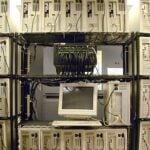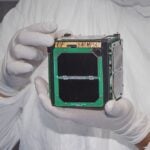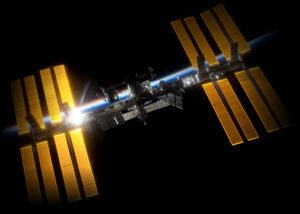Multi-Junction (MJ) Space Solar Cells
Inducted In: 2004, Industrial Productivity/Manufacturing Technology
Responding to the need for higher efficiency solar cells, the Air Force Research Laboratory sponsored research and development efforts to produce high efficiency multi-junction space solar cells. MJ solar cell technology provides a direct replacement for lower efficiency single-junction cells. The end results are reduced space mission life-cycle costs, reduced customer costs for telecommunication, weather forecasting and many other services crucial to our daily lives on Earth.
Related Technologies

Beowulf Computing Cluster
Inducted In: Communications Technology, Computer Technology, Featured, Industrial Productivity/Manufacturing Technology
A Beowulf Computing Cluster is a grouping of off-the-shelf computer hardware networked together with fast communication software. The resulting parallel processing power of the collection generates processing speeds faster than most super-computer systems used for complex processing – at a…

CubeSats
Inducted In: Computer Technology, Featured, Industrial Productivity/Manufacturing Technology
The origin story of the CubeSat idea is clear-cut and well-known. It was conceived by two engineering professors as a teaching tool for students to get hands-on experience with satellite functionality. In the 1990’s Professor Robert Twiggs was teaching engineering…

Protective Coating for Ceramic Materials
Inducted In: Featured, Industrial Productivity/Manufacturing Technology
Researchers at Ames had devised a silicon-based compound as part of the development of the X-33 and X-34 prototype planes. These planes were projected to fly at 15 times the speed of sound. The friction from these super-sonic speeds would…

